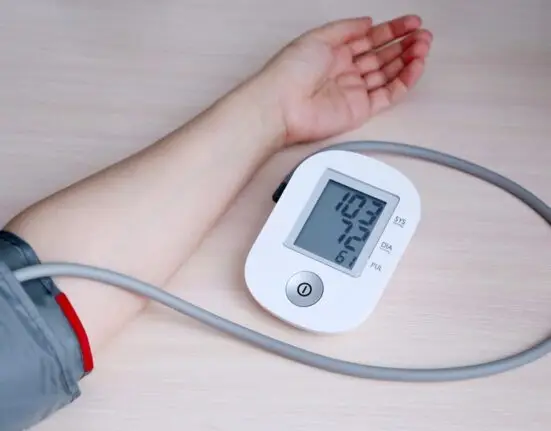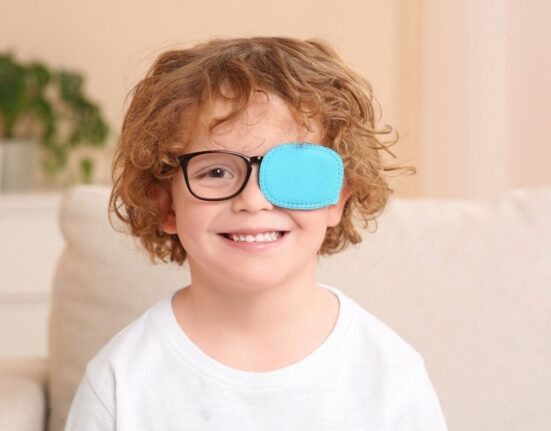Introduction
Due to a defect in the eye-brain connection, the ability to see in one or both eyes decreases. Due to a defect in the connection between the eye and the brain, the ability to see in one or both eyes decreases. The worrying thing is that this ability is not fulfilled despite wearing glasses. Apparently, the eye system is working properly. It does, but the affected eye is not as useful for the brain as a healthy eye.
The brain suspends this activity. Currently, around 40% of children in the whole world are suffering from low vision. This is considered to be one of the main causes of vision loss.
1. Causes of Short-Sightedness :
- Decreased vision in one eye compared to the other or a difference in vision between the two.
- Blurred vision.
- Congenital cataract or retinal fog in newborns.
2. Progression and Complications
When the disease progresses, the tumor also forms in the eye. Due to the above reasons, when the shapes or images received by the weak eye reach the brain, it has difficulty in deriving the meaning, so it refuses to accept the image of this eye. The working of the eye gradually slows down. Therefore, this disease is also called eye fatigue.
3. Symptoms and Detection
Both eyes of children can be affected, then the disease is detected, but when one eye is low vision, the child has no problem seeing, so he does not notice it. It works. lives, but as his age increases, he starts having trouble seeing.
When the child becomes an adult, due to the loss of his vision, he starts to feel panic and anxiety and he searches for the reason for this, although he has been suffering from this disease since childhood.
4. Sign of Amblyopia in Children
If the following symptoms appear in childhood, there is no problem in treating the disease:
- Do not move both eyes equally.
- A child spends more time paying attention to words when reading something.
- Instead of looking straight, the child began to look with his head crooked.
- Frequent eye movements.
- The child could not see with the healthy eye while watching television, drawing a picture or doing fine work and started screaming.
5. Risk Factors
Children whose parents suffer from cataracts, cataracts, or macular degeneration may be at risk of vision loss because of the hereditary influence.Also, if their parents are smokers. If the child is underweight at the time of birth, suffering from a genetic disease or having a mental disorder, parents should be careful. .
6. Importance of Early Eye Exam
The way to control this disease is that children should be examined every six months before they reach the age of eight years. If the vision is weak, it will continue to be treated.
7. Treatment Options
An eye specialist said that when If it is found that one eye of the child is weak, then the healthy eye is closed with a bandage or contact lens. Then the patient is instructed to forcefully look with the less powerful eye.
In particular, children are given exercises in which they make more use of the weak eye, such as coloring in sketches, watching television, reading books, etc., so that the brain receives the blurred and unclear image from the weak eye. In this way, the function of the weak eye gradually increases, but the exercises should be done before the age of eight, otherwise the eye completes its biological development after that, so the results are not encouraging.
8. Long-term Prognosis
It is best to treat visual impairment in the first eight years of a child’s birth, otherwise psychological complications may occur later. Inability to perceive width or depth accurately, blurred vision in one or both eyes, blurring of the myopic eye over time. Can’t have any contact, like driving or playing badminton.
9. Advances in Treatment
Transplantation has started to happen for the blind men. Software has also come to overcome visual impairment.
Conclusion
Amblyopia, or lazy eye, affects about 40% of children worldwide due to a defect in eye-brain communication. This condition causes vision loss in one or both eyes, which is not corrected with glasses alone. Early detection through regular eye examinations before the age of eight is crucial for effective treatment. Symptoms such as uneven eye movement and difficulty concentrating should receive immediate attention.
Treatment includes occlusion therapy and visual exercises to strengthen the weak eye. Early intervention is essential to prevent long-term vision and psychological problems. Advances in treatment, including transplantation and specialized software, offer hope for severe cases. Vigilant monitoring and early treatment can ensure better visual outcomes for affected children.











Leave feedback about this